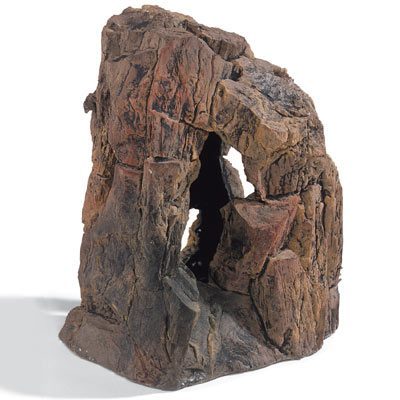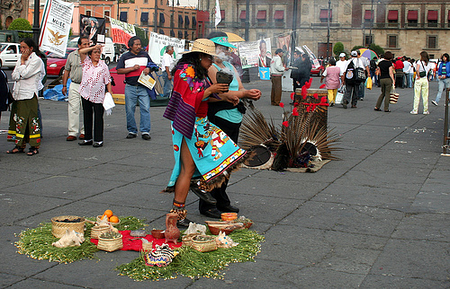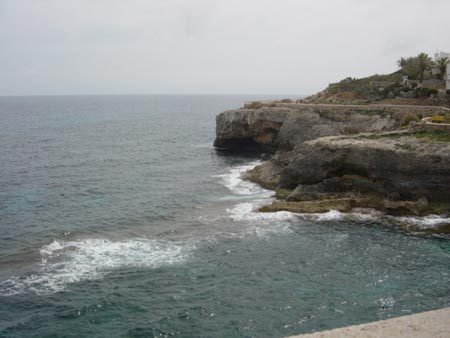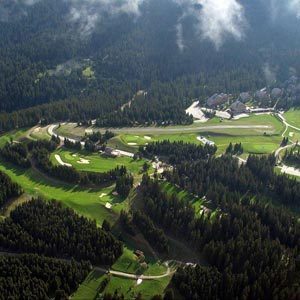 Understood as one of the most accessible ecosystems for human habitat due to its climate, the meadow is always represented as a flat space, with relatively low and controlled vegetation, with temperate climates and indescribable beauty.
Understood as one of the most accessible ecosystems for human habitat due to its climate, the meadow is always represented as a flat space, with relatively low and controlled vegetation, with temperate climates and indescribable beauty.
The prairie is an ecosystem that is found mainly in the temperate zones of the planet such as much of the United States, the Argentine Pampas, some areas of Brazil, central Europe, Australia and southern Africa. Although the prairie is characterized by having a temperate climate broadly, this does not mean that there are no variations according to the region, being able to find examples of warm prairies and cold prairies on planet Earth.
The meadow is characterized by having low vegetation mainly composed of bushes, herbaceous plants, reed beds or grasses. All of them appear in great variety although at first glance they do not present as many differences between them as can be observed in other ecosystems that are richer and more abundant in vegetation. At the same time, trees and tall vegetation are not characteristic of this ecosystem, in addition to being largely eliminated by man to favor cattle grazing.
In the same way that it happens with the vegetation, the prairie does not present a great variety of fauna, perhaps much more present in other ecosystems such as the jungle. Some of the typical animals of it are various types of birds (from small to large such as the rhea), a large number of rodents (which live in burrows basically due to the little protection from their predators that the low vegetation allows), armadillos, foxes and others that are specific to some areas of the planet such as northern bison, coyotes, or Asian antelope.
The prairie is perhaps one of the most appropriate ecosystems and geographical spaces for man and that is why a large part of them are home to farms and other productive units that are based on the presence of livestock.









